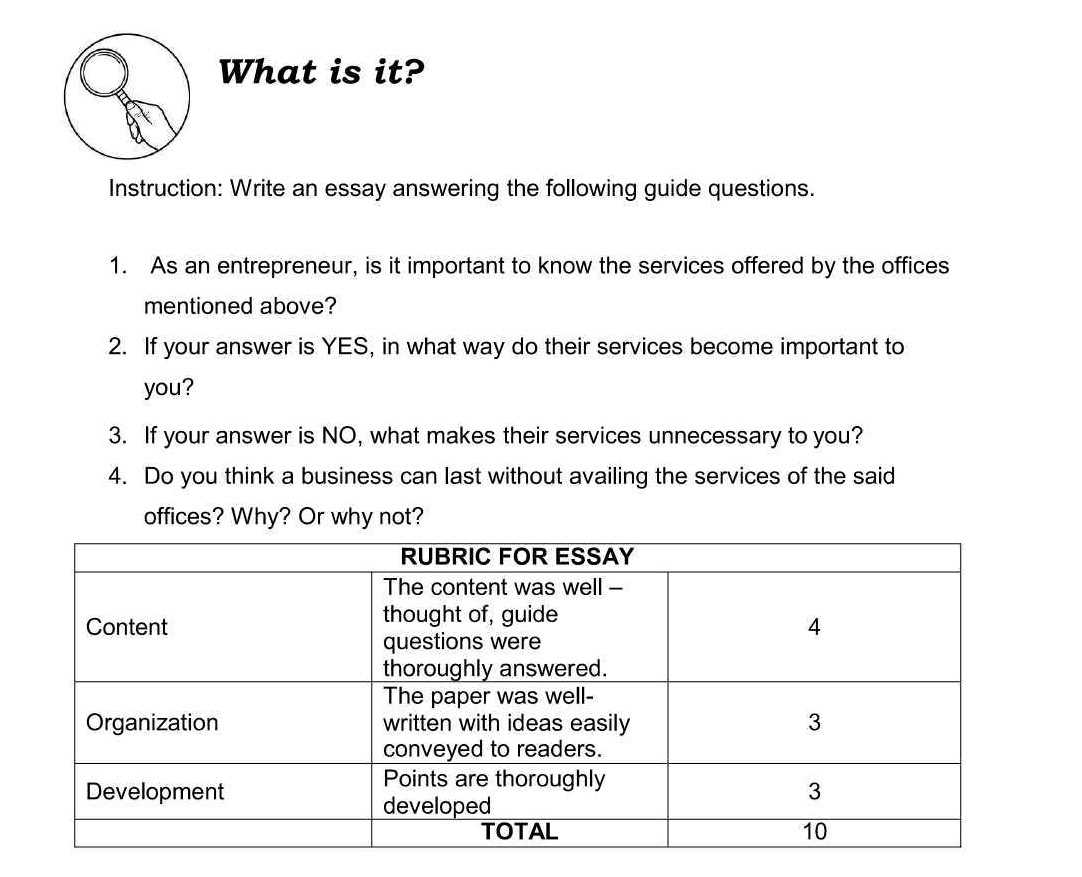
In academic settings, it is common to encounter tasks that require a written composition to demonstrate knowledge, reasoning, and critical thinking. These assignments test the ability to construct a well-argued, coherent response under time constraints. Being able to express thoughts clearly and persuasively is crucial for success in such situations.
A well-crafted response goes beyond simply presenting facts. It involves presenting information in a logical order, supporting claims with evidence, and making connections between ideas. This kind of structured approach not only showcases understanding but also the capacity to communicate complex ideas effectively.
Preparation plays a key role in achieving success. Knowing how to approach such writing tasks, organizing thoughts quickly, and managing time efficiently are all skills that can make the difference between a good and an excellent performance. In this guide, we explore the essential components of an effective written composition and the best strategies to approach such tasks with confidence.
What is an Essay Answer for an Exam
In an academic setting, a written response during a timed assessment typically requires a structured and detailed explanation on a specific topic. These responses are designed to assess how well a student can organize their thoughts, argue a point, and showcase their depth of knowledge on a particular subject. The goal is to provide a coherent and well-supported explanation that demonstrates both understanding and critical analysis.
Purpose and Structure
The main objective of this kind of task is to evaluate a student’s ability to respond in a logical, persuasive manner. A strong response often starts with an introduction that presents the main argument or thesis. This is followed by body paragraphs that discuss various points related to the topic, each supported by evidence or examples. Finally, the conclusion summarizes the key points and reinforces the thesis, providing a clear end to the response.
Key Characteristics of a Successful Response
A successful written response is not only well-organized but also demonstrates a clear line of reasoning. It requires attention to detail, with each point clearly explained and supported by relevant facts, theories, or examples. Precision in language, a clear structure, and the ability to stay focused on the question are essential elements that contribute to an effective composition.
Understanding the Purpose of an Essay
The main goal of a written response in an assessment is to evaluate how well an individual can present their understanding of a subject and argue a particular point of view. This type of task encourages critical thinking and the ability to communicate ideas in a clear and structured manner. It challenges the writer to organize their thoughts, create connections between concepts, and support their views with solid reasoning or evidence.
Demonstrating Knowledge and Understanding
One of the primary purposes of this task is to assess a student’s grasp of the material. By crafting a thoughtful and well-supported composition, the writer shows their comprehension of the topic, offering insights and connecting different pieces of information in a cohesive manner. It is not simply about recalling facts, but about interpreting and analyzing them to form a well-rounded argument.
Developing Critical Thinking Skills
Another key purpose is to nurture the ability to think critically. Such assignments require individuals to go beyond surface-level understanding and engage with the topic on a deeper level. By evaluating different perspectives, identifying key issues, and constructing reasoned arguments, the writer demonstrates their capacity to critically assess and contribute to ongoing discussions.
How to Structure Your Essay Effectively
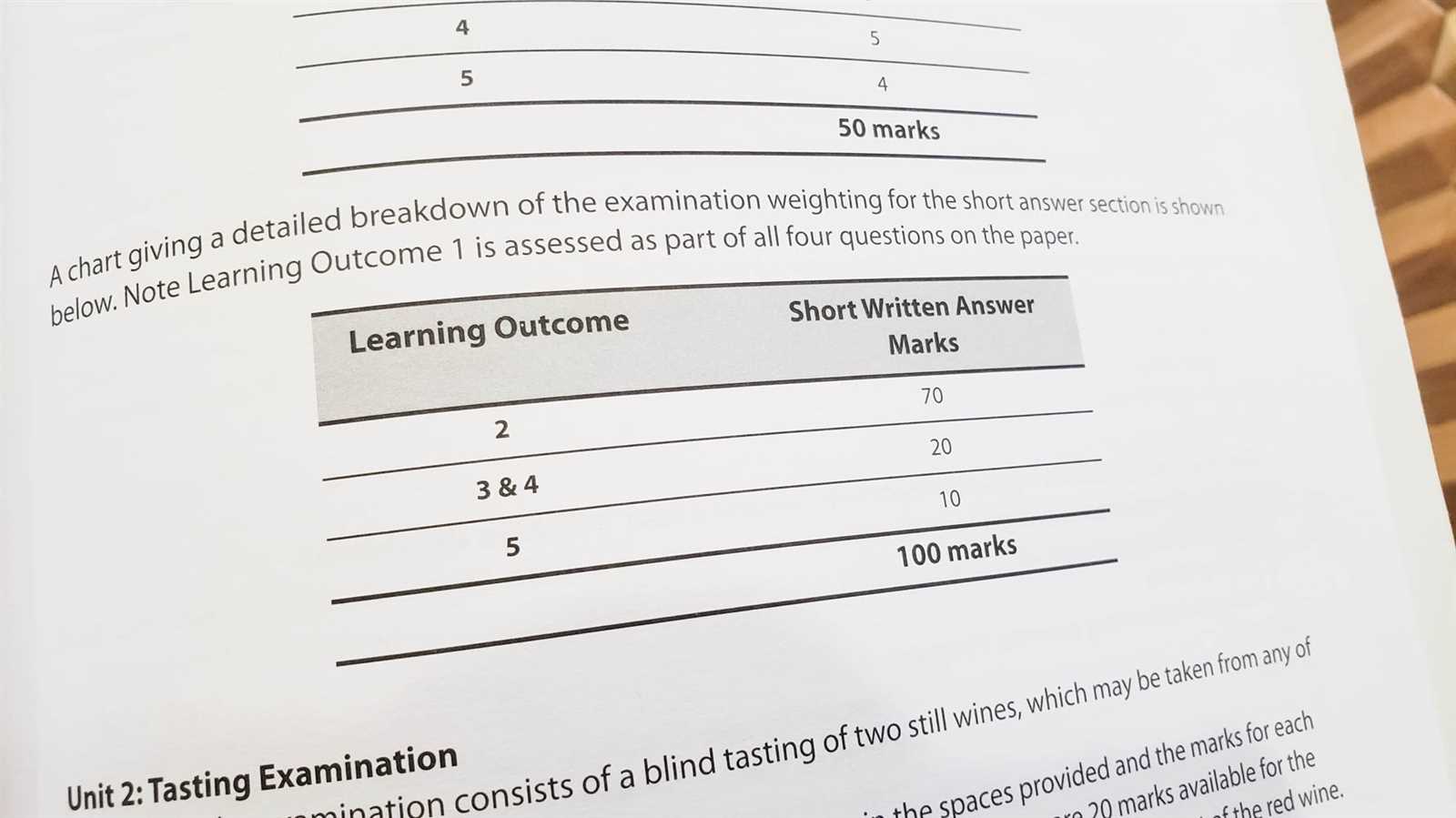
A well-organized response is essential for clearly presenting your ideas and supporting arguments. Structuring your composition properly helps ensure that your points are communicated logically and cohesively. A clear format allows the reader to easily follow your argument, making your response more persuasive and impactful.
The typical structure of a well-organized response includes three main sections: an introduction, body paragraphs, and a conclusion. Each part plays a critical role in presenting your ideas and guiding the reader through your thought process.
Introduction
The introduction sets the stage for your composition. It should briefly introduce the topic, provide context, and present the main argument or thesis statement. A strong introduction captures the reader’s attention and clearly outlines what will be discussed in the body of the response.
Body Paragraphs

The body is where you present and develop your key points. Each paragraph should focus on a single idea or argument that supports your main thesis. To structure the body effectively:
- Start each paragraph with a clear topic sentence.
- Follow with supporting evidence, examples, or analysis.
- Ensure each paragraph flows logically from one to the next, maintaining a clear progression of thought.
Conclusion
The conclusion should summarize your main points and restate the thesis in light of the arguments presented. It is the final opportunity to reinforce your position and leave a lasting impression on the reader. Avoid introducing new ideas or information in this section.
Key Elements of a Strong Response
A powerful written composition relies on several core components that ensure clarity, coherence, and persuasiveness. To create a response that effectively communicates your knowledge and reasoning, it is crucial to include specific elements that support your argument and structure. Each part of your response should work together to present a well-rounded, insightful perspective.
One of the key elements of a strong composition is a clear and concise thesis. This central argument guides the entire piece, ensuring that every point you make ties back to the main idea. Another essential component is logical organization. Each paragraph should develop one point or idea, with evidence or examples that reinforce your argument. Additionally, clarity and precision in language are vital for maintaining the reader’s focus and understanding.
Finally, a strong response requires a clear conclusion that summarizes the key points and reinforces the thesis. It should leave a lasting impression, offering closure to the argument and a final reflection on the topic.
Choosing the Right Topic for an Essay
Selecting the appropriate subject is a crucial first step in crafting a compelling written response. The right topic not only aligns with the requirements of the task but also allows you to effectively demonstrate your knowledge and critical thinking skills. A well-chosen topic makes it easier to create a focused, insightful argument while maintaining clarity and relevance throughout your composition.
Factors to Consider When Choosing a Topic
Before deciding on a topic, it is essential to evaluate several factors that can influence the quality of your response:
- Relevance: Ensure the topic directly addresses the given prompt or question.
- Interest: Choose a subject that engages your interest, as it will be easier to write about and present in an engaging manner.
- Knowledge: Select a topic that you are familiar with or can research effectively to support your argument.
- Scope: Make sure the topic is not too broad or too narrow, allowing you to cover key points without overwhelming the reader.
Refining and Narrowing Down the Topic
Once you have a general idea, it’s important to refine the topic to make it more manageable and focused. Breaking it down into specific aspects or questions can help maintain a clear direction in your composition. Consider the following approaches:
- Identify subtopics or key issues that can be addressed in individual paragraphs.
- Focus on a specific aspect or angle that will allow for a deeper, more meaningful exploration.
- Ensure that the refined topic aligns with the time and resources available for research and writing.
Time Management Tips for Exam Essays
Efficient time management is crucial when composing a written response under time constraints. The ability to allocate time wisely for planning, writing, and reviewing can significantly affect the quality of the final submission. Proper time management ensures that each section of your work is well-developed, while also leaving room for revisions and adjustments before the deadline.
By following a clear plan, you can ensure that your argument is fully articulated without running out of time. A structured approach will allow you to tackle each stage of the writing process with enough time for thoughtful consideration and refinement.
Time Allocation Breakdown
Here’s a suggested time distribution strategy to help you manage your time effectively during a timed writing task:
| Stage | Time Allocation | Tips |
|---|---|---|
| Planning | 10-15% of total time | Take a few minutes to brainstorm key points and outline the structure of your response. |
| Writing | 70-75% of total time | Focus on developing your main points in a clear and organized manner. Stick to the outline. |
| Reviewing | 10-15% of total time | Allow time to read through your work, checking for clarity, coherence, and grammatical accuracy. |
By adhering to these time allocation strategies, you can ensure that you complete your task in a timely manner while still delivering a thoughtful and polished response.
Common Mistakes to Avoid in Essays
While writing under pressure, it’s easy to make mistakes that can detract from the quality of your work. These errors can affect the clarity of your argument, the organization of your ideas, and ultimately the effectiveness of your response. Avoiding common pitfalls ensures that your composition remains focused, coherent, and persuasive.
One frequent issue is straying off-topic, which weakens your response. It is essential to stay focused on the specific question or prompt, addressing it directly and avoiding irrelevant information. Another common mistake is a lack of structure. Without a clear introduction, body, and conclusion, the flow of your argument may become confusing or disjointed.
Additionally, failing to proofread can leave unnoticed errors that compromise the professionalism of your work. Grammar and spelling mistakes, while minor, can distract the reader and diminish the overall quality. Always leave time to review your work before submission, ensuring it is as clear and polished as possible.
Building a Cohesive Argument in Your Essay
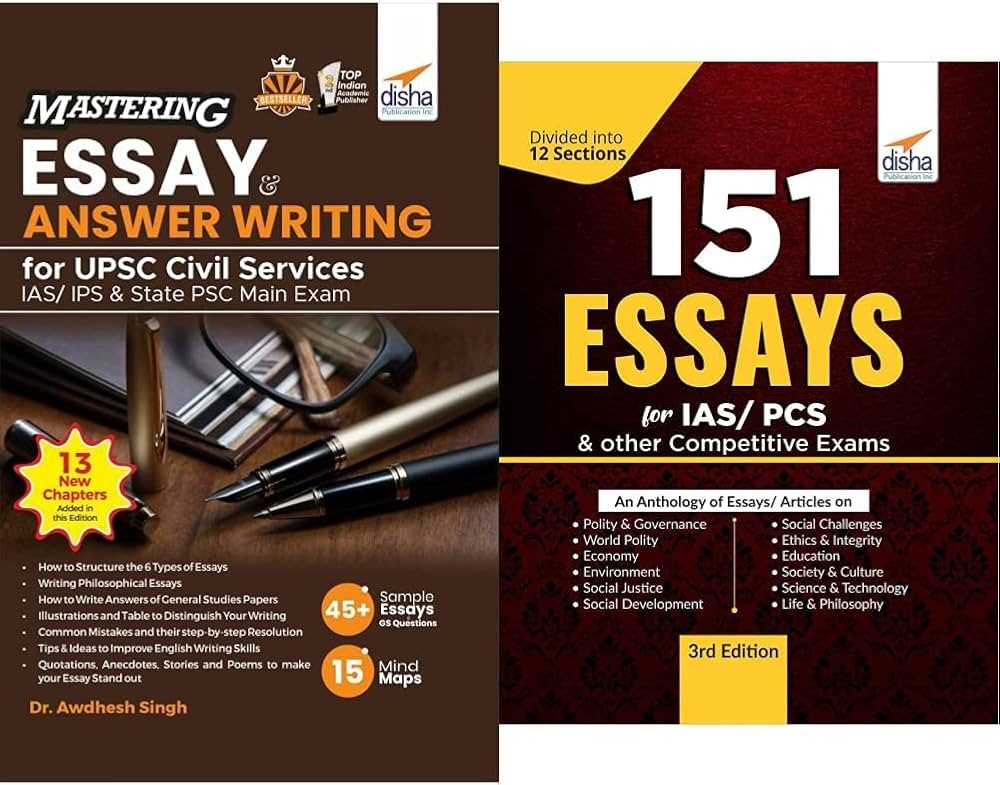
Creating a strong, unified argument is essential when presenting your views in a written composition. A cohesive argument ensures that your points are logically connected and contribute to a well-rounded discussion. This involves more than just listing facts or opinions–it requires a clear progression of ideas that support your main thesis and lead the reader through your thought process.
Clear Thesis and Supporting Points
To build a cohesive argument, it’s crucial to begin with a clear thesis statement. This statement should outline your main point or position, guiding the entire composition. Each subsequent paragraph must directly relate to and support this central idea. Ensure that each point you make connects back to the thesis and contributes to the overall argument.
Logical Transitions Between Ideas
Effective transitions between ideas are key to maintaining cohesion. Without smooth connections, your work may appear fragmented or disorganized. Use transitional phrases and linking sentences to guide the reader from one point to the next, ensuring that each paragraph builds upon the previous one. This logical flow is essential to keeping the reader engaged and ensuring your argument remains clear and persuasive.
Using Evidence to Support Your Response
In any structured written work, providing solid evidence is essential to back up your claims and arguments. Evidence not only strengthens your position but also demonstrates your ability to analyze and apply information effectively. By incorporating relevant facts, examples, or data, you can build a more convincing and credible argument that appeals to the reader’s logic and reasoning.
Types of Evidence to Include

There are various types of evidence you can use to support your points. Examples, statistics, expert opinions, and case studies are some of the most common and powerful forms of evidence. Choose the type that best fits your argument and the point you are trying to make. Each piece of evidence should directly relate to your thesis and enhance your overall discussion.
Integrating Evidence Seamlessly

It is important to integrate evidence smoothly into your response to maintain the flow and clarity of your argument. Rather than simply presenting evidence, explain its relevance to your argument. Introduce the evidence, provide context, and explain how it supports your point. This approach will help ensure that the evidence is not just a collection of facts but an integral part of your logical reasoning.
The Role of Critical Thinking in Essays
Critical thinking is a fundamental skill when constructing a compelling written argument. It involves analyzing, evaluating, and synthesizing information in a thoughtful and systematic way. Rather than simply presenting facts, critical thinking encourages a deeper exploration of the topic, fostering a more reasoned and insightful response.
In any writing task, being able to question assumptions, consider different perspectives, and draw logical conclusions can greatly enhance the quality of your work. This approach not only strengthens the credibility of your argument but also allows you to engage with the topic on a more intellectual level.
Key Aspects of Critical Thinking
To develop critical thinking in your writing, focus on the following aspects:
- Analysis: Break down complex issues into simpler components to understand underlying causes and effects.
- Evaluation: Assess the reliability and relevance of the information, considering its source and validity.
- Synthesis: Combine different ideas or viewpoints to form a balanced and well-rounded argument.
- Logical Reasoning: Use sound logic to connect ideas, ensuring that each part of your argument is well-supported.
Applying Critical Thinking to Strengthen Your Argument
When integrating critical thinking into your work, always aim to provide well-reasoned explanations for each of your points. Avoid accepting information at face value; instead, challenge it, explore its implications, and present your conclusions clearly. By doing so, you demonstrate an advanced understanding of the subject and provide a more persuasive and engaging response.
Proofreading Your Response Before Submission
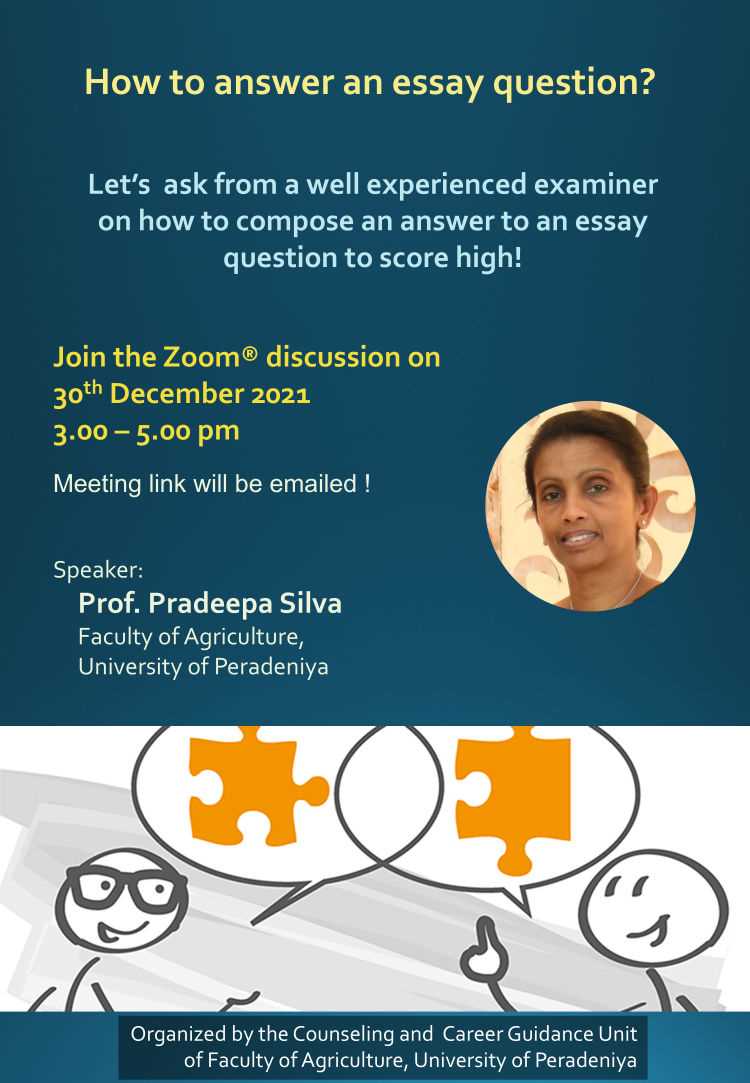
Reviewing your work before submitting it is an essential step to ensure its quality and professionalism. Proofreading allows you to catch errors that may have been overlooked during the writing process, such as grammatical mistakes, awkward phrasing, or unclear arguments. Taking the time to carefully review your composition can make a significant difference in its clarity and overall impact.
Steps to Effective Proofreading
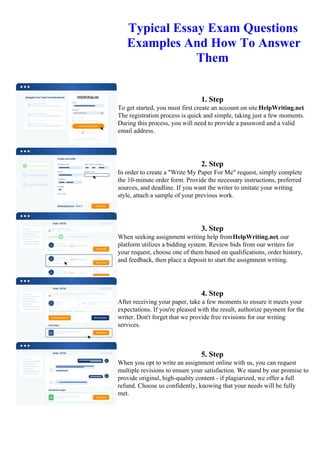
When proofreading, focus on several key areas:
- Grammar and Punctuation: Check for sentence structure errors, incorrect punctuation, and subject-verb agreement.
- Clarity and Coherence: Ensure your points are clearly expressed and that ideas flow logically from one to the next.
- Spelling and Typos: Look for typographical errors, spelling mistakes, and inconsistent formatting.
- Consistency: Confirm that terms, formatting, and tone remain consistent throughout the text.
Strategies to Improve Your Proofreading Process
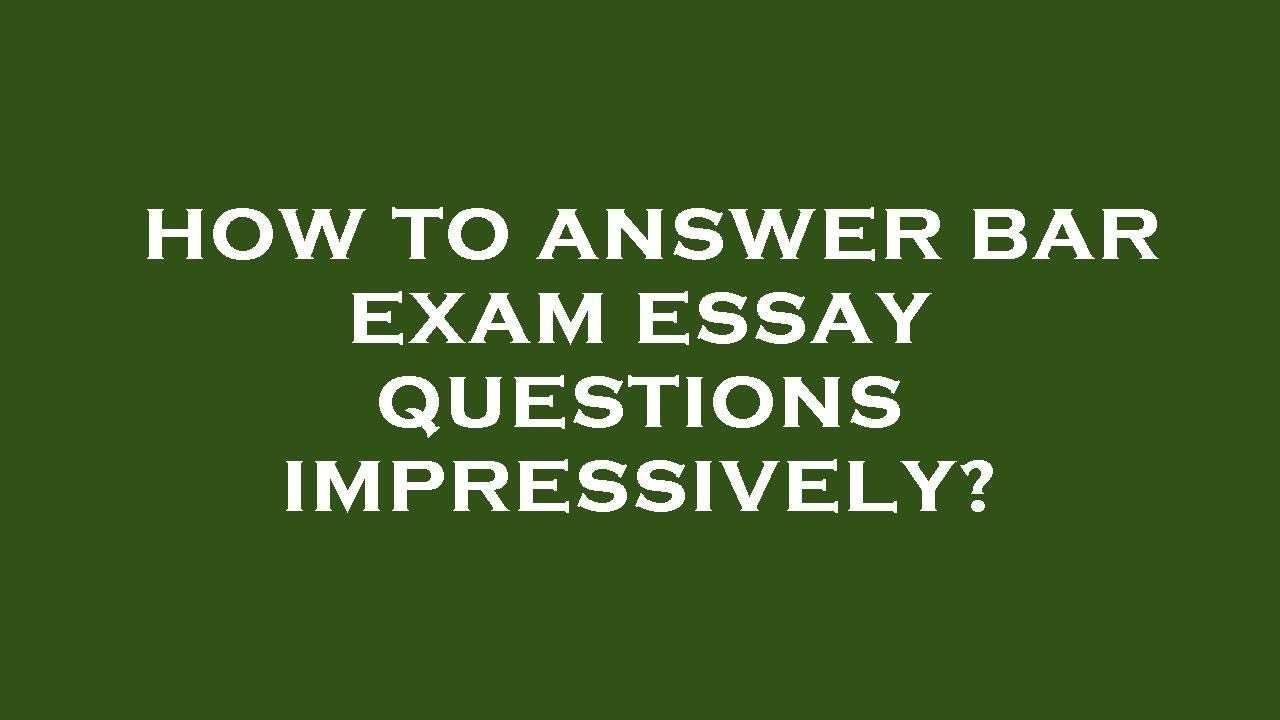
To make proofreading more effective, consider reading your work aloud. This can help identify awkward sentences or unclear ideas that may not be obvious when reading silently. It may also be helpful to take a break before proofreading to approach the text with fresh eyes. If possible, ask someone else to review your work, as they may catch errors you’ve missed.
Strategies for Overcoming Writer’s Block
Writer’s block can be a frustrating barrier that prevents you from expressing your thoughts clearly and effectively. It often occurs when you feel mentally stuck or overwhelmed, making it difficult to get started or continue writing. Fortunately, there are several strategies you can implement to break free from this creative roadblock and regain your flow.
By adopting different techniques and approaches, you can ease the pressure and encourage your mind to generate ideas. Whether it’s adjusting your environment, changing your writing approach, or simply allowing yourself time to think, overcoming writer’s block is possible with the right tools and mindset.
Practical Tips for Breaking Through
Here are some proven methods to help overcome writer’s block:
| Strategy | Description |
|---|---|
| Freewriting | Set a timer and write non-stop for a few minutes. This helps to get ideas flowing without focusing on perfection. |
| Mind Mapping | Create a visual map of your thoughts and ideas to organize your concepts before writing. This can help you find connections and clarify your argument. |
| Changing Your Environment | Sometimes, a change of scenery can stimulate creativity and improve focus. Try writing in a different location or rearranging your workspace. |
| Setting Small Goals | Break the task into smaller, more manageable chunks. Focus on completing one section at a time to avoid feeling overwhelmed. |
| Taking Breaks | Taking short breaks can refresh your mind and provide a new perspective. Step away for a few minutes and return with a clearer focus. |
Implementing these strategies can help you shift from feeling blocked to producing a coherent and thoughtful response. Remember that it’s okay to take your time and approach the task at your own pace.
How to Handle Difficult Questions in Essays
Encountering challenging questions can be one of the most daunting aspects of writing. These types of prompts may seem overwhelming at first, but with the right approach, they can be tackled effectively. The key to handling difficult questions lies in breaking them down into manageable parts and applying strategic thinking.
When faced with a tough prompt, it’s essential to stay calm and composed. Instead of becoming paralyzed by the complexity, focus on understanding the core of the question. Often, the challenge lies in interpreting what is being asked and determining how to structure your response.
Steps to Approach Complex Questions
Here are several approaches to help you navigate difficult prompts:
- Identify the Main Focus: Read the question carefully and pinpoint its core elements. What is the central issue? What is being asked directly and indirectly?
- Break It Down: Divide the question into smaller components. Address each part separately to ensure a thorough response to every aspect of the prompt.
- Stay Focused on the Question: Avoid going off-topic. Refer back to the question regularly to keep your response aligned with what is being asked.
- Use Examples: Supporting your ideas with relevant examples can strengthen your argument and make complex ideas easier to explain.
Managing Time and Stress
Handling difficult questions also involves managing your time and stress levels. If a prompt feels particularly challenging, don’t spend too much time on it initially. Start with a section you feel more confident about, then return to the difficult question with a clearer mindset. Prioritize clarity and structure to ensure that your response remains coherent, even if it’s not exhaustive.
The Importance of Reviewing the Prompt
Before diving into any written task, carefully reviewing the given prompt is crucial. Often, the clarity of your response depends on how well you understand what is being asked. A clear understanding of the task helps in formulating an appropriate approach and ensures that all aspects of the question are addressed in detail.
Many students rush into writing without fully analyzing the prompt, which can lead to incomplete or off-target responses. Taking a few moments to carefully read and interpret the task can save time and effort in the long run. It allows you to organize your thoughts and structure your response more effectively.
Key Reasons to Review the Prompt
- Understanding the Core Question: The first step in crafting a well-structured response is to identify the underlying question. What exactly is being asked? This helps ensure you remain focused and on-topic.
- Avoiding Common Pitfalls: Some prompts contain subtle complexities or instructions that may be easily overlooked. A thorough review helps you avoid missing these important details that could affect the quality of your response.
- Time Management: By reviewing the prompt, you can allocate time more effectively. Understanding the scope of the question helps in deciding how much time to spend on each part of the task.
Techniques for Effective Review
When reviewing the task, take the time to underline key terms or phrases that stand out. Look for action words like “analyze,” “compare,” or “discuss” to determine what kind of response is expected. Re-reading the prompt multiple times may help ensure that every detail is understood and can be incorporated into your response.
Improving Writing Skills Over Time
Becoming proficient in crafting well-structured and coherent responses is a gradual process that requires consistent practice. With every writing opportunity, individuals can refine their skills by focusing on various aspects such as clarity, organization, and argumentation. Progression in this area depends on a combination of learning from past mistakes, incorporating feedback, and applying new techniques in future tasks.
One of the most effective ways to improve over time is through regular practice. By writing frequently and reflecting on previous works, you can identify common mistakes and areas for improvement. Additionally, exposure to different writing styles and formats enhances versatility, enabling you to approach diverse topics with confidence.
Another important aspect is learning to critique your own work. Developing the ability to objectively assess your own writing allows you to recognize areas that need strengthening and adjust accordingly. This self-awareness helps you grow as a writer and refine your approach with each piece.